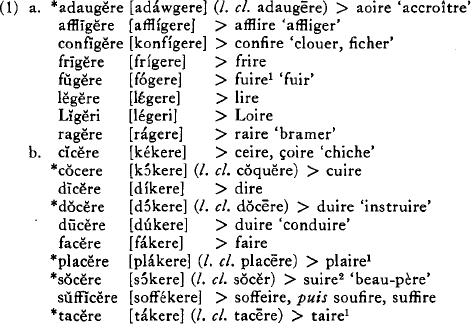Crossref Citations
This article has been cited by the following publications. This list is generated based on data provided by Crossref.
Jacobs, Haike
1991.
A Nonlinear Analysis of the Evolution of Consonant + Yod Sequences in Gallo-Romance.
Canadian Journal of Linguistics/Revue canadienne de linguistique,
Vol. 36,
Issue. 1,
p.
27.





